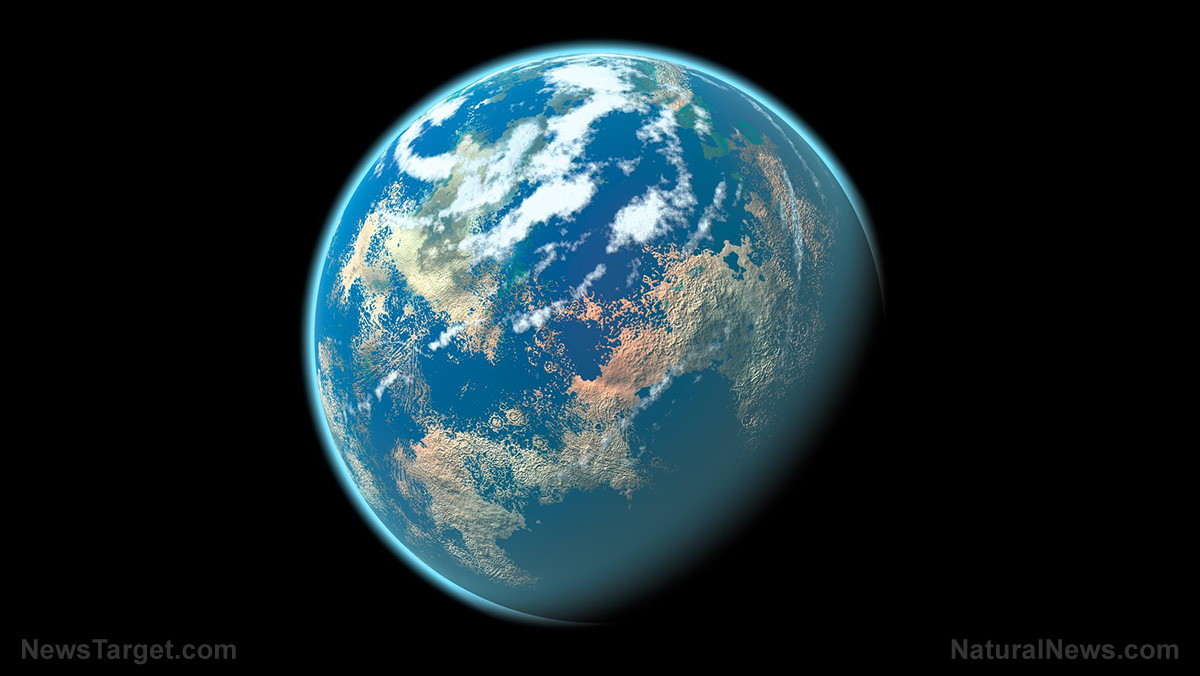Sand has been on the earth s surface for at least 4 5 billion years and comes from many sources including dead sea animals and in modern times your garbage

Where Does Sand Come From?

Sand, a small granular material, has been an integral part of Earth’s surface for an impressive span of at least 4.5 billion years. It is fascinating to comprehend that the grains of sand beneath our feet have witnessed the ebb and flow of time, encompassing the rise and fall of ancient civilizations, the formation of mountains, and the evolution of life on our planet. But have you ever wondered, where does sand come from?
A Journey through the Sands of Time

Sand derives from various sources, and one of the primary contributors to its formation is the erosion of rocks. Over millions of years, geological processes such as wind, water, and ice have relentlessly acted upon rocks and gradually ground them down into tiny particles, giving birth to the diverse sands found across the globe. The composition and characteristics of sand depend on the parent rocks from which they originate.
Another source of sand lies within our oceans. The remains of sea creatures, such as corals, shells, and algae, accumulate over time to form vast deposits known as bio-sands. These marine organisms, once alive, have tiny skeletons or exoskeletons made predominantly of calcium carbonate. When they die, their remnants settle on the seafloor and undergo compaction, cementation, and other geological processes, transforming into the sandy treasures we encounter on beaches.
Interestingly, modern human activities have introduced a contemporary contributor to the formation of sand – garbage. As we continue to produce and dispose of vast amounts of plastic and other waste materials, these items eventually find their way into landfills and oceans. Over time, these discarded materials break down into smaller fragments, creating microplastics that end up in coastal areas. Thus, even our garbage contributes to the sands of today.
A World of Sand
The immense diversity of our planet is mirrored in the variety of sands found throughout its continents and coastlines. Each type of sand reflects the unique geological history and environmental factors present in its region of origin.
For instance, volcanic activity gives rise to black sand beaches, where the molten basaltic lava encounters the cool waters of the ocean, solidifies rapidly, and shatters into fine fragments. The result is a stunning contrast of black sand against the vibrant blue backdrop of the sea.
In contrast, the gleaming white sands of tropical beaches owe their brilliance to the abundance of corals and seashells in the region. These organisms primarily consist of calcium carbonate, which imparts a light color to the sand once they erode and accumulate over time.
Furthermore, desert sands possess distinct characteristics due to their exposure to arid climates and the constant manipulation by wind. Their particles are often well-rounded and well-sorted, making them ideal for dune formation.
Sand: A Symbol of Continuity
Sand, in its humble grainy form, has silently witnessed the story of our planet and continues to shape its landscape. From towering desert dunes and pristine beachscapes to ancient archaeological sites and bustling cities, sand is interwoven into our lives, offering both aesthetic beauty and practical uses across diverse industries.
Next time you find yourself on a beach, take a moment to contemplate the extraordinary journey each grain of sand has embarked upon. With every step we take, sand remains an unwavering testament to the Earth’s majestic history, connecting us to the intricate processes that have shaped our world.
Source: Where Does Sand Come From?
Tags
Share
Related Posts
Quick Links
Legal Stuff

